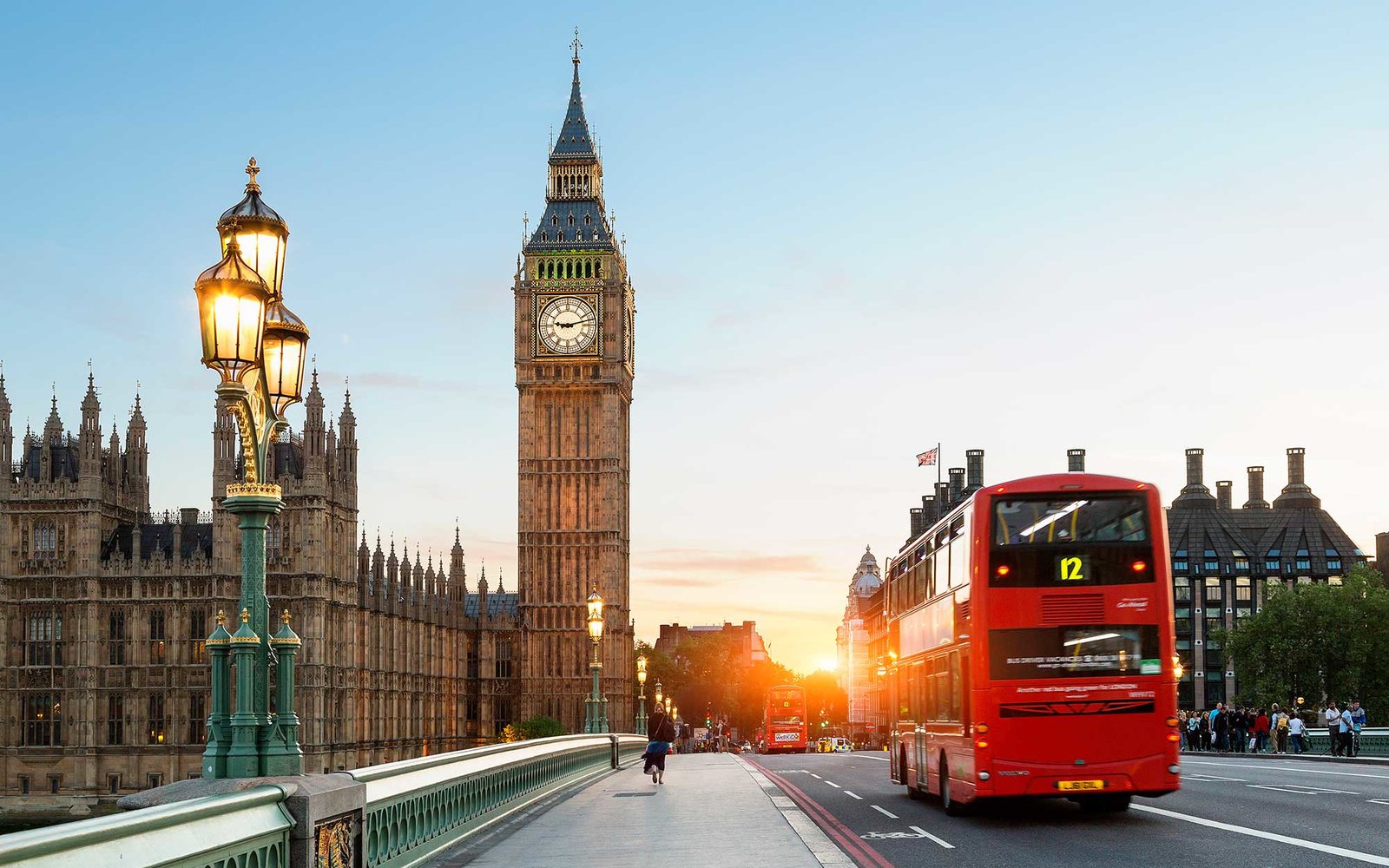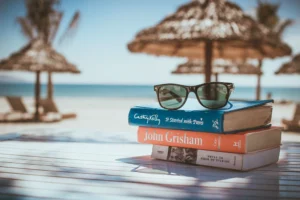
In this post, we’ll share important information about what you need to know before traveling to London like the best time to visit, how to use public transportation, and much other practical information.
London is a city with a population of over 8 million people and is the capital and the largest city of the United Kingdom. It is one of the most popular tourist destinations in the world.
Here are our tips on what to know before traveling to this amazing city.
Currency

The currency used in London is British Pound or shortly just Pound. At the time of the making of this video, 1 GBP is worth approximately $1.30 or €1,15. Make sure to check the exchange rate before traveling.
Traffic

Cars in the UK drive on the left so make sure to always pay attention to both sides when crossing the road. Cycling in the city center can be dangerous, so is crossing the street, so always pay attention.
Safety

London is relatively safe but does take all the usual precautions typical for big cities like avoiding less touristy areas, especially at night. London is unfortunately also full of pickpockets so hide your wallet, passport, and other valuables somewhere safe and pay attention to your bags, especially in crowded areas like in front of major attractions or when using the underground. There are a lot of scams, targeted mostly at tourists, so make sure you always buy your tickets at the official ticket office and not on the streets. For emergency services, dial 999.
Weather

London is known for its unpredictable weather. In general, the climate is mild year-round, but just remember to pack a lightweight raincoat to keep in your daypack. The hottest month of the year is usually August when the peak temperature can reach 90 F while the average temperature in August is about 70 F. The coldest month is usually January when temperatures can sink to around 33 F. Don’t forget to check the weather forecast before traveling. You can expect rain in London in practically any season so don’t forget to pack an umbrella. However, the wettest month in October.
Best time to travel

High season in London is between May and September and in December. Low season is January and February and shoulder season is between mid-September and November and then again in March and April. Best time to travel to London is spring (April to June) and fall (September to November). when it’s usually warm and dry. Not only will you be able to avoid the big crowds, but the accommodation and entertainment rates are less expensive compared to the high season. To avoid big crowds and higher prices you can also travel during the week. London is a year-round destination, so major attractions are not affected by low season. You’ll be able to see all major attractions regardless of when you travel.
Where to stay

The average hotel room rate in London is around 150 GBP per night. Of course, it depends on what kind of accommodation you want, as well as on the location of your stay. You can get accommodation below $100 per night, but that probably means you’ll be located further away from the city center and you’ll need more time to reach the attractions. London is a big city and, therefore offers virtually any kind of accommodation from hostels to exquisite luxury hotels.
We recommend that you book your accommodation close to the underground so you can easily access all major attractions. If you want to book a room close to where the action is, some of the best areas to stay are, for example, Oxford Street if you like shopping, The City if you like skyscrapers, and Covent Garden if you want to be located close to London theatre district and nice restaurants and cafes.
Power plugs

You will probably need special UK power adaptor to charge your phone and other devices. We recommend purchasing a power adaptor before traveling to London. In fact, it is worth buying the adaptor for the entire world so you can use it in other countries too.
Transportation

From and to the airport London has five major airports: Heathrow, Gatwick, Luton, City, and Stansted. To get to London, you can take the underground or DLR, which is an urban light railway, if you are traveling from Heathrow or City Airport. The return ticket costs 12 GBP or 10 GBP with Oyster card. More about Oyster card later. You can take the train to central London from all five airports. The return ticket varies but you will likely pay at least 20-30 GBP for return a return ticket. However, the prices are cheaper if you buy your tickets in advance online. If you want to save some money, the cheaper alternative is a National Express bus with service from all airports except City, which is pretty much in the city anyway, as the name suggests. You can use a cab or Uber, but the prices will most likely be higher.
London is big and every journey will take a lot of time. It normally takes at least 20 to 30 minutes to travel between major attractions and over an hour to the center of London if you are staying on the outskirts. So make sure you always check how long it will take you to get from A to B.
London is well covered with public transportation. Types of public transportation are bus, underground, also called tube, tram, DLR, London Overground and National Rail service. The best way to get around is undeground which will get you close to most major attractions.
The best way to use public transportation is by purchasing an Oyster card, an electronic smart card used to pay for all public transportation in London. You can get one at most underground stations. It will cost you 5 GBP as a deposit. You can top up your Oyster card for as much and as often as you want and collect all the remaining credit plus the deposit when you leave. You can pre-purchase your Oyster card for 3 GBP plus postage and add credit to it, so you don’t have to worry about getting your card at the station.
A great option, especially if you are arriving from Heathrow or City airport. A more expensive but faster way of getting around London is Uber or the traditional London taxi. Taxies are more expensive, but they use bus lanes, so they are usually faster than Uber. Hop On – Hop Off Bus is a great way to see tourist attractions if you don’t want to deal with public transportation. You can also take a riverboat tour and see London from a new perspective.
London is a busy city and just as there are peak seasons to travel to London, there are peak times of the day when public transportation and the roads get even more crowded. Peak times are Monday to Friday between 6:30 and 9:30 AM and between 4 and 7 PM.
Lines are everywhere

Since London is usually a crowded place, especially around major attractions, you can expect lines everywhere. But don’t worry, the sights you are visiting are totally worth the wait. You can buy London Pass to at least avoid the queues at the famous attractions.
Food

While London is home to many expensive restaurants, there are many places that offer a full meal for less than 10 GBP. Use Yelp or TripAdvisor to find the best deals depending on your budget and rating.
Tipping

There is no need to tip in a restaurant: tipping in London is not mandatory. Of course, if you want, you can tip but they won’t make you feel bad if you don’t. Sometimes a 10% service charge is included in the bill at hotels and restaurants, but they’ll usually tell you if that’s the case.
Bars & pubs close early

While there are many great bars and pubs in London, like the ones in Soho, the famous entertainment district, most of them close around midnight.
Speaking from experience, we were surprised when they offered us plastic cups for our unfinished drinks and they politely asked us to move in front of the pub to finish drinking there since they closed at midnight. Don’t worry, there are some places that are open later, but it’s certainly not the norm and you’ll have to check before you head out if you plan to stay out late.
Drinking water

The tap water in London is perfectly clean and won’t harm you if you drink it. Of course, it doesn’t taste as good as the bottled water, but it might save you some money.
London pass

London Pass is a great option if you want to see many attractions and want to save money, don’t want to deal with buying tickets all the time, want to skip the line, if you’re traveling as a family, etc.
Wi-Fi

You’ll find free Wi-Fi in many places in London. Use Facebook to locate the nearest free wi-fi or download Wifi Finder, an app that downloads WiFi map so you can search for nearby WiFi even when you’re offline. You can also buy a local sim card and get online that way.
Best free views of the city

For the best free views of the city, you can visit Sky Garden, Tate Modern, Primrose Hill, One New Change, Alexandra Palace, Greenwich Park, and many others. Or you can pay and see the city from the London Eye, which offers a truly amazing and unique view of London.
Museums are free

Most of the important and interesting London museums, such as the Natural History Museum or The British Museum are free of charge.




